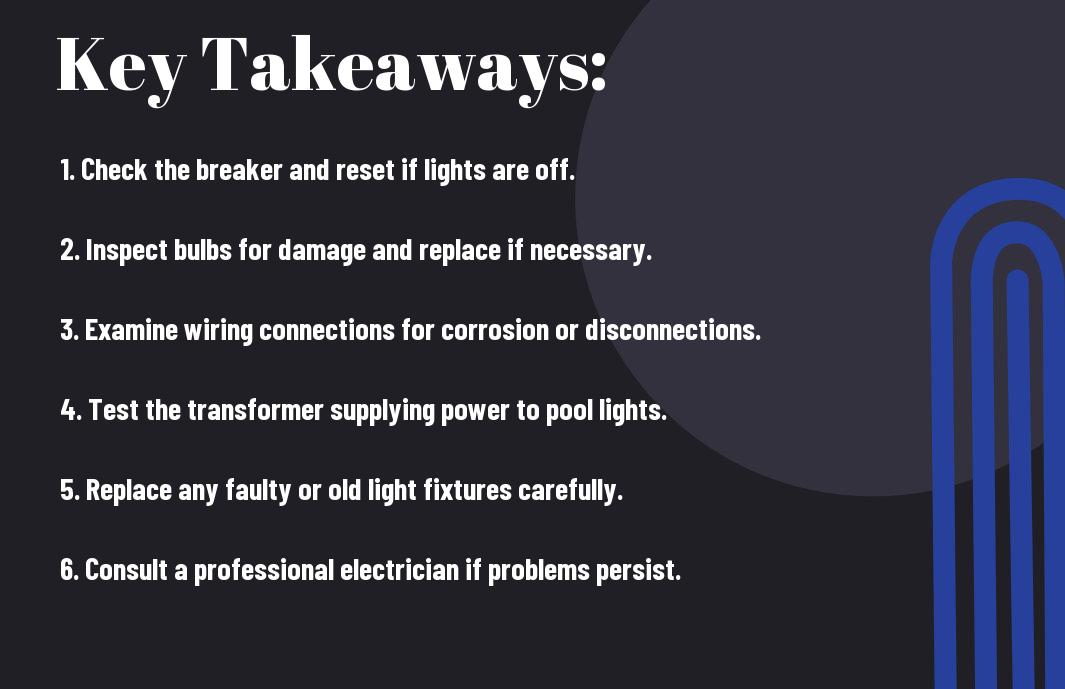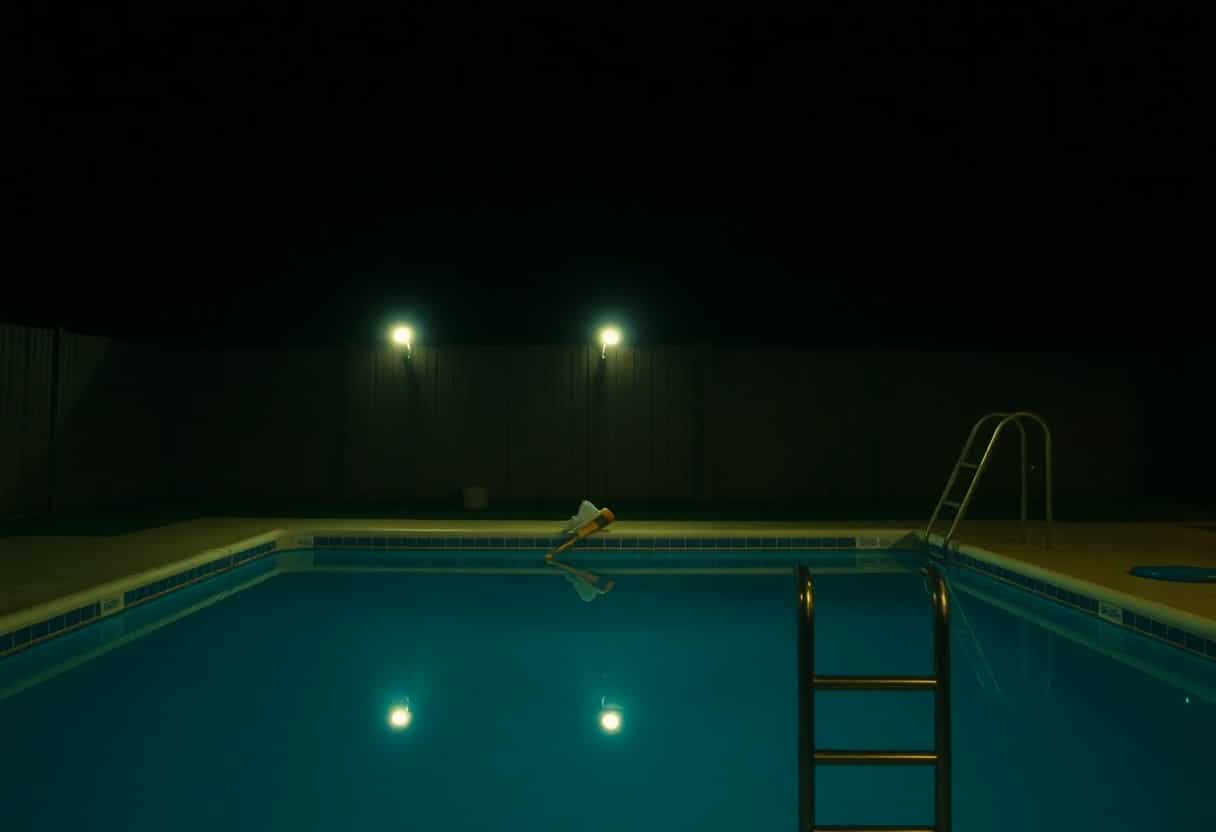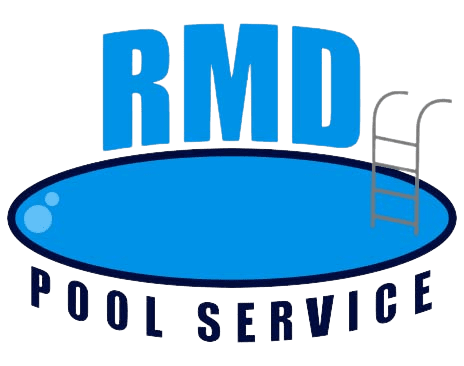You may find it frustrating when both of your pool lights go out, especially if you rely on them for nighttime swimming or ambiance. Understanding the potential causes and solutions can help you quickly address the issue and restore your pool’s lighting. In this guide, we will explore the common reasons why your pool lights might be malfunctioning and provide step-by-step instructions on how to troubleshoot and resolve the problem, ensuring your pool remains a safe and inviting space.
Diagnosing the Issue: Lights Out
When both pool lights fail simultaneously, diagnosing the issue promptly can save you time and prevent further complications. Start by determining whether the problem lies with the power supply or the actual fixtures themselves. Troubleshooting in a systematic manner will help you pinpoint the source of the issue more efficiently.
Assessing the Power Supply
Begin with the power supply, ensuring it is functioning correctly. Check the circuit breaker to see if it has tripped, which is a common reason for lights going out. If the breaker is fine, inspect the GFCI outlet and reset it if necessary. Ensure all connections are tight and that the transformer is in good condition to deliver the appropriate voltage.
Inspecting the Light Fixtures
If the power supply checks out, turn your attention to the light fixtures themselves. Inspect for any visible damage to the lenses or housing, as cracks can allow moisture to enter and cause a short circuit. Verify that the bulbs are intact and properly seated in the sockets. If your fixtures are older, they might need replacements or a maintenance check to ensure they’re operating effectively.
For a closer look, remove the lens covers and examine the inside of the fixtures for corroded components or any signs of overheating. These issues might indicate a more serious electrical problem or simply that your bulbs have reached the end of their lifespan. Conducting this detailed inspection can highlight whether you need replacements or simply a quick repair to restore light to your pool area.

Troubleshooting Techniques for Pool Lights
Identifying the issue is the first step to restoring your pool lights. Start with systematic troubleshooting that allows you to pinpoint the problem efficiently. From checking the electrical supply to examining the physical condition of the fixtures, going through a structured approach will help you determine whether the issue lies with your circuit, bulbs, or wiring. Consider these specific techniques to help get you back in the glow.
Circuit Breaker Checks
Begin by inspecting your circuit breaker. Locate the panel that controls your pool’s electrical operations and verify if the breaker has tripped. If it has, resetting it may resolve the issue. In some cases, you might find that the breaker has not only tripped but is also damaged. If the breaker keeps tripping after being reset, it indicates a deeper electrical problem that needs professional attention.
Testing the Light Bulbs
After confirming the circuit breaker is functioning, the next step involves checking the light bulbs themselves. Remove the bulbs from their fixtures and visually inspect them for signs of damage, such as darkened glass or burnt-out filaments. If possible, testing each bulb in a functional socket can determine whether the bulbs need replacing.
Testing the light bulbs is a straightforward process that can often reveal if they are the source of the problem. If you have spare bulbs, swapping them into the fixture provides a quick way to determine functionality. For LED lights, look for signs such as flickering or dimming prior to complete failure. They may still possess some life if they exhibit any glow, so testing can lead to a simple fix rather than a comprehensive replacement. Make sure to handle all bulbs carefully, keeping safety in mind when dealing with electrical components under the water. If you find that the bulbs are intact yet still not illuminating, consider the wiring and connections as potential culprits next.

Repair Options for Pool Lighting Failures
Once you’ve determined that both pool lights are truly out, you can explore various repair options. Depending on the root cause of the failure, you may choose to tackle the issue yourself or enlist the help of a professional. Assess your knowledge of electrical systems and comfort working with pool equipment before making your decision. From replacing bulbs and checking connections to complete fixture replacements, there are multiple avenues to consider.
DIY Solutions: When to Go Electric
If you’re handy and experienced with electrical systems, you might opt for DIY repairs. Start by replacing the light bulbs, which often is a simple fix. Check for any visible signs of damage to wires or fixtures. If these steps don’t work, consider using a multimeter to test electrical connections. However, familiarity with safety protocols is necessary; don’t hesitate to consult online resources or guides tailored for pool lighting repairs.
Hiring a Professional: Benefits and Considerations
Bringing in a professional for pool lighting repairs offers numerous advantages. Licensed electricians have the expertise to diagnose and fix problems efficiently, minimizing the risk of further damage. Professional services also ensure that repairs comply with local codes and safety standards, providing peace of mind. While hiring someone may incur higher upfront costs, it could save you time and potential headaches down the line.
Choosing to hire a professional can prove beneficial in the long run, especially if you face complex issues. Licensed electricians typically carry insurance, which protects you from liability should an accident occur during the repair process. Furthermore, their experience allows them to identify underlying issues that you might overlook, such as faulty wiring or outdated fixtures. It’s advisable to request quotes from multiple professionals and check reviews to ensure you’re making an informed decision. Investing in a skilled technician may prevent you from encountering recurring problems in the future.

Enhancing Your Pool Lighting Experience
Creating a captivating atmosphere around your pool goes beyond mere functionality; it’s about enhancing the overall experience. Thoughtfully chosen lighting can transform your pool area into an inviting retreat for evening gatherings or quiet relaxation. Whether you prefer ambient lighting that casts a soft glow or accent lights that highlight features, the right pool lighting can elevate your outdoor space and extend your swimming season.
Choosing the Right Fixtures for Longevity
Selecting durable and energy-efficient fixtures will ensure your pool lighting withstands the elements and requires minimal maintenance. Opt for LED lights, which not only consume less energy but also boast a lifespan of up to 25,000 hours. When choosing fixtures, consider those rated for underwater use and made from corrosion-resistant materials to prevent wear over time.
Maintenance Tips for Optimal Performance
Routine maintenance is key to maximizing the efficiency and lifespan of your pool lights. Regularly check for dirt build-up and replace any burnt-out bulbs promptly to maintain brightness. Clean lens covers to ensure that light is effectively dispersed, and inspect connections for signs of wear or corrosion to prevent future issues.
- Clean fixtures every few weeks to prevent algae buildup.
- Inspect wiring and connections during your regular pool maintenance schedule.
- Replace bulbs before they completely burn out to maintain consistent lighting.
- Knowing when to seek professional help can save you from more extensive damage.
In addition to these basic tasks, seasonal servicing is beneficial. Before your pool season kicks off, perform a thorough inspection of your lighting system. Ensure that all fixtures are securely installed and functioning correctly. If any fixtures appear damaged, consider upgrading to newer models that offer better energy efficiency. Regularly adjusting your lighting layout can also create new ambiance, and users often find that different arrangements can bring freshness to the space.
- Evaluate lighting positioning to ensure optimum illumination.
- Keep your power supply and circuit breakers in top condition.
- Address any signs of water ingress immediately to prevent electrical issues.
- Knowing which brands provide warranties can enhance your long-term investment.
Safety First: Avoiding Electrical Hazards
Safety should be your top priority when dealing with pool lighting repairs. Electrical hazards can lead to severe injuries or even fatalities. Always ensure that you are fully aware of your surroundings, especially where water and electricity intersect. Keeping a safe distance from water while working with electrical components is vital. Use safety gear, such as insulated gloves and non-slip footwear, to minimize risks. If you feel unsure about the process, it’s best to consult a licensed professional who can safely handle the situation.
Recognizing Signs of Water and Electricity Risks
Identifying potential risks is the first step in preventing electrical hazards. Look for signs like frayed cords, exposed wires, or unusual sounds coming from the lighting fixtures. If the ground around your pool feels damp or your circuit breaker trips often, these are red flags. Standing water near electrical components heightens the risk of electrocution, making it imperative to address any leaks and repair issues immediately. Assessing your environment will help you take preventive steps for safe repairs.
Safety Protocols for Pool Lighting Repair
Establishing clear protocols for pool lighting repair enhances safety significantly. First, always shut off power at the circuit breaker before starting any work. Use a voltage tester to confirm that there is no electrical current flowing. It’s best to drain the pool or ensure that the area is dry to eliminate any risk of water contact. Working with a buddy can also improve safety, as you will have someone to assist you in case of an emergency. Always have a first aid kit nearby just in case of accidents.
Additionally, familiarize yourself with the equipment and tools required for the repairs. Ensure that all your tools are rated for electrical work and are in good working condition. If you’re replacing light fixtures, select units with a proper IP rating for waterproofing. This not only helps in current situations but also safeguards your investment in the long run. Creating a step-by-step plan for the repair process can also help you stay organized and avoid risky shortcuts. Following these protocols makes a significant difference in enhancing your safety while undertaking electrical repairs in and around your pool.
Conclusion
Following this guide, you should be well-equipped to troubleshoot your pool lights. Start by checking the power supply and inspecting for any wiring issues or blown fuses. If necessary, replace the bulbs or clean the light fixtures for optimal performance. If problems persist, consult a professional to ensure safe and effective repairs. By taking these steps, you can restore the ambiance of your pool and enjoy night swimming once again.
